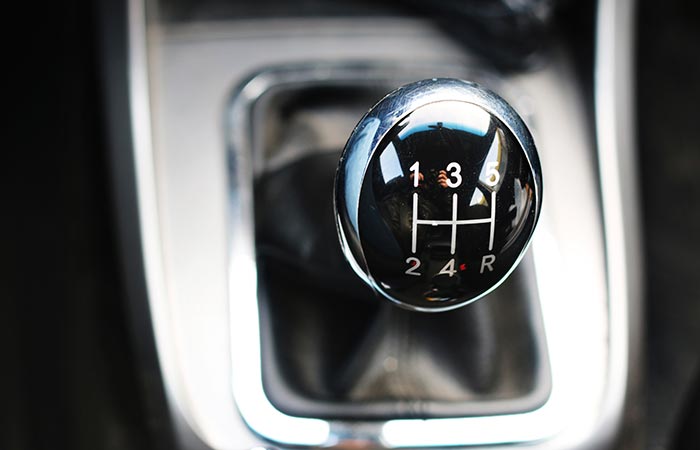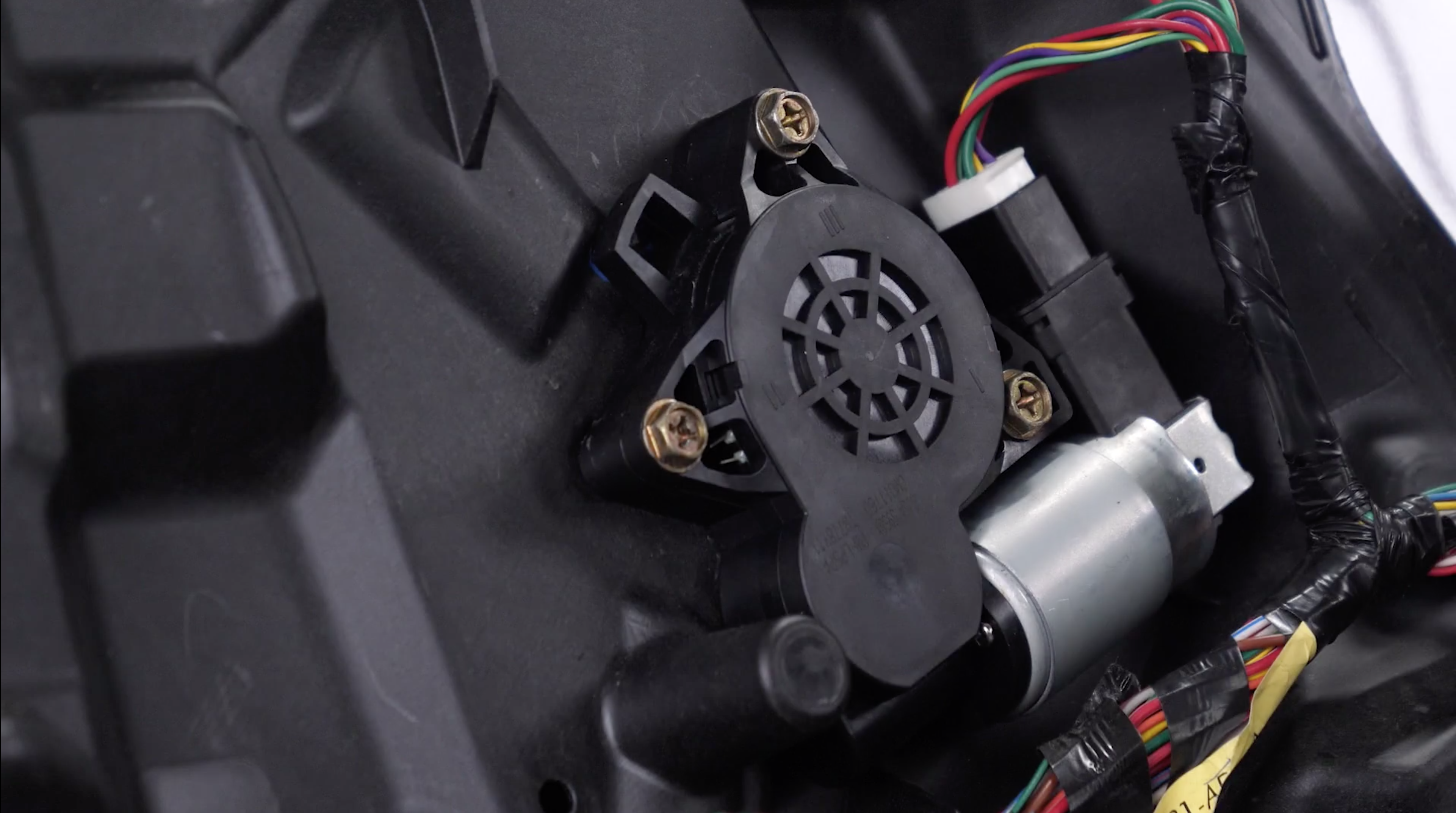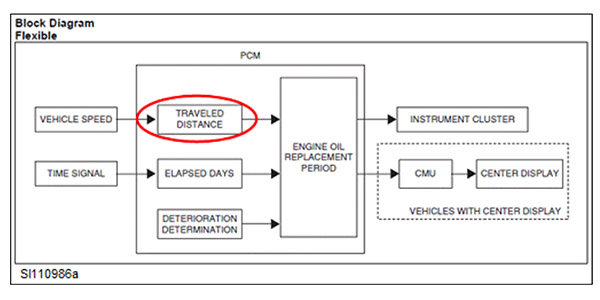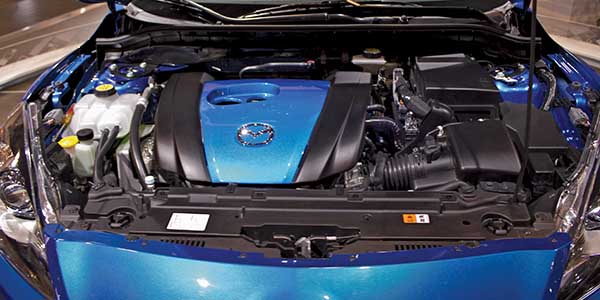Models: 2012-2015 Mazda3, 2013-2015 CX-5, 2014-2015 Mazda6
DESCRIPTION
Some vehicles may exhibit one of the following concerns:
– Hard to shift into 3rd, 4th, 5th, and/or 6th gear.
– Sometimes the shifter may jump out of 3rd gear over a road bump when accelerating after deceleration at 25-40 mph (40-65 km/h)
This is caused by a failure of the related clutch hub(s). To correct the problem of hard shifting, the shape of the 3-4 and 5-6 clutch hub has been changed. A surface treatment has now been added to the 3-4 clutch hub to prevent 3rd gear from jumping out.
Customers having this concern should have their vehicle repaired using the following repair procedure.
REPAIR PROCEDURE
1. Verify customer concern.
2. Remove the transaxle.
3. Replace the 3-4 and 5-6 clutch hub with a modified one and the 3rd gear with a new one. If 3rd gear is jumping out, replace the 3rd gear with a new one.
4. Install the transaxle.
5. Verify repair.
Courtesy of ALLDATA.















